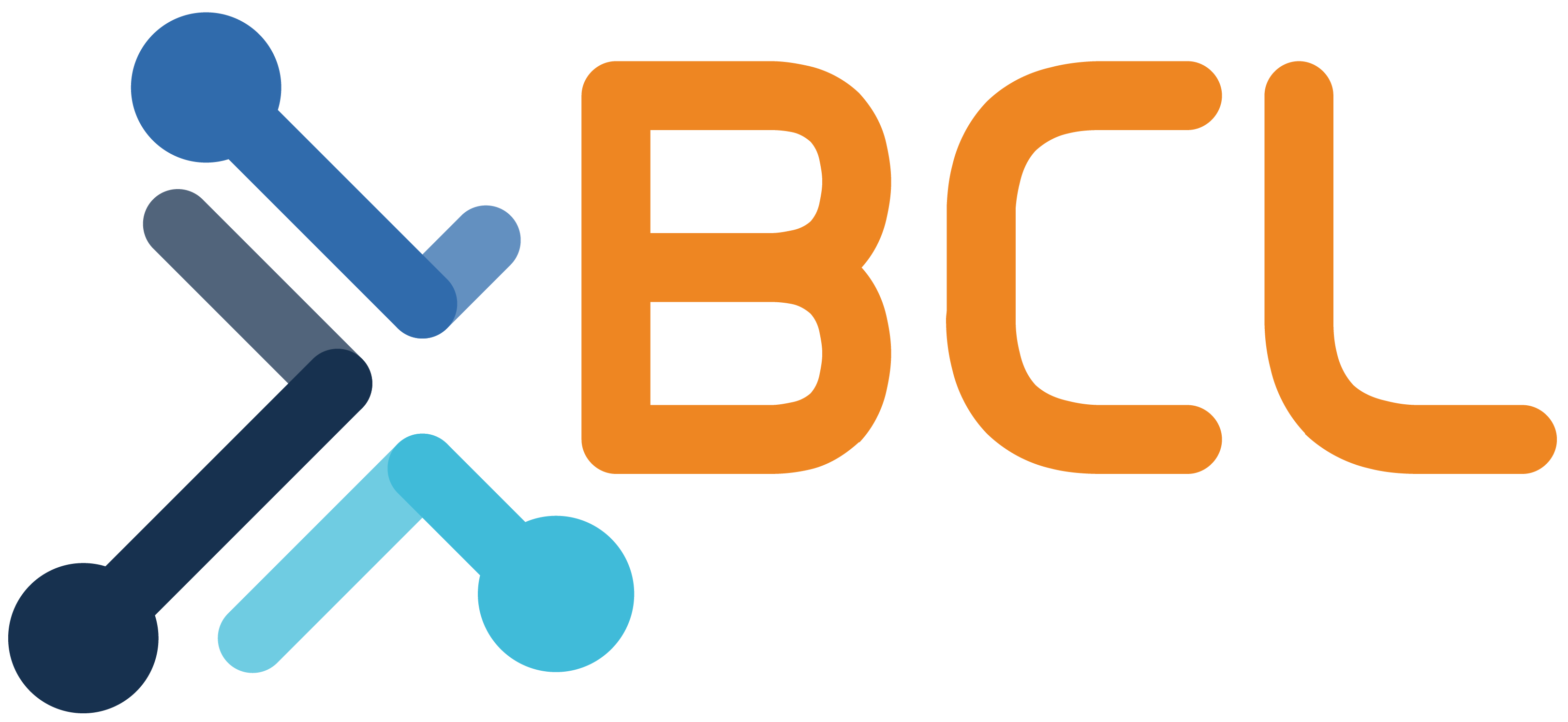Emerging Technology in the AEC Industry
As we see the industry of architecture, engineering, and design rapidly evolving, BCL Enterprise has realized the significance of staying ahead-of-the-curve by implementing and understanding emerging technologies. Read along to learn from our design team about how emergent tools are making a mark on the Information Communication Technology (ICT) world.
Building Information Modeling (BIM) Software
Building Information Modeling (BIM) facilitates the creation and management of digital representations of physical/functional characteristics within a building. It enhances collaboration among stakeholders, streamlines construction processes, and improves project visualization, making it vital for modern design and construction projects. At BCL, we are continuously looking to innovate and improve our automated processes. Chris Drerup, BIM Manager at BCL, notes that “we are able to utilize BIM software so that it can take care of scheduling and the process is more automated with less room for human error.”
Virtual Reality (VR)
The integration of Virtual Reality (VR) provides immersive experiences for design visualization and collaboration. These tools enhance design accuracy, improve client engagement, and facilitate more efficient project planning. Today, we’re seeing the increased use of ocular devices and immersive VR in video games. Similarly, the AEC industry is utilizing the same technology to visually display the end-product of a building design to clients.
Smart Building Technologies
Smart building technologies, also known as “smart buildings,” are transforming the industry by integrating automated processes to control operations like HVAC, lighting, and security. These technologies are seen in modern design and lead to increased energy efficiency, improved occupant comfort, and enhanced building management. Christy Miller, Our CEO says to “think of these as intelligent buildings that can be remotely controlled by data systems – reducing operating expenses and environmental impact over time.”
Internet of Things Sensors
Similarly, the Internet of Things (IoT) in buildings connects various systems and devices to the internet, enabling real-time data collection and evaluation. This connectivity optimizes building performance, facilitates predictive maintenance, and improves resource management. For example, let’s say there is a large meeting room that isn’t often used in your corporate office; IoT in buildings can collect this information, and with the data, you may decide to convert this room into a space that better utilizes your resources.
Advanced Security Solutions
Advanced security solutions, including facial recognition, biometric access control, and AI-powered surveillance systems, offer heightened security and safety, efficient access control, and improved incident response.
Artificial Intelligence and MAchine LEarning
Artificial Intelligence (AI) and Machine Learning (ML) are becoming integral to the industry by analyzing vast amounts of data to optimize building operations and design processes. These technologies enable predictive maintenance, energy optimization, and improved design insights.
Coupled with the focus on sustainable and green technologies, which promote eco-friendly materials and energy-efficient systems, AI and ML contribute to reduced environmental impact, compliance with green building standards, and long-term cost savings.
Robotic Process Automation

Lastly, Robotic Process Automation (RPA) is streamlining construction and design tasks by automating repetitive processes, leading to increased efficiency, reduced human error, and significant cost savings. Another example of robotics in Construction are dog-like bots that use 3D laser scanning tech to capture and monitor progress while navigating hazardous construction sites.
Check out one of these robot dogs with Martin Crabill, BCL’s VP of Sales, at the Ohio Expo groundbreaking event in Columbus, OH!
In conclusion, emerging technology isn’t just a trend; it is transforming the architecture, engineering, and design industry, driving innovation, efficiency, and sustainability. Staying informed and integrating these advancements can give companies a competitive edge, ensuring they remain leaders in their field.
Interested in learning more? Contact BCL today to discuss how we can bring innovative, secure, and efficient technology solutions to your next project!
You May Also Be Interested In:
- 5 Things to Look For Before Hiring a ICT Consultant
- Emerging Technology in the Architecture, Engineering, and Construction Industry
- Acronyms We’re Proud of in an Industry Full of Them
About BCL:
Established in 1993, BCL Enterprise is a women-owned design-build firm that completes technology and security infrastructure design and installation. From server and cable design, to wireless and cellular networks, BCL designs and installs everything needed to support your technology, audio-visual, security, and telecom system needs.

